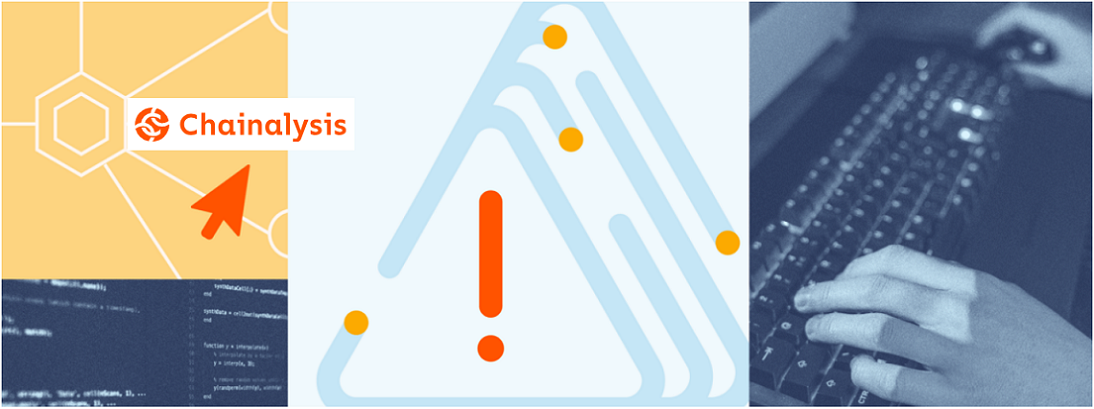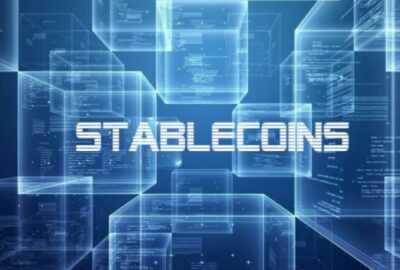Web miners, applications that run in a user’s browser and mine cryptocurrencies for profit, could have consumed as much as 18.8 gigawatts of electric power, in 2018

This makes it comparable to the power consumption rate of Poland and means the environmental impact of web mining is close to 800 tons of CO2 emissions, according to Kasperky.
Web mining or browser-based cryptojacking is a threat that many users might be regularly subjected to without being aware. They may only notice if they check a web page source code or notice that certain web resources are overloading their devices when opened.
Web mining is an alternative method of cryptocurrency mining which uses website visitors to acieve its goal, Website owners convert the capacity of their users’ devices into cryptocurrency while the user’s browser is on or running in the background. In certain cases however, web pages notify users of their exposure to this scheme and ask for their consent, explaining that web mining is being performed to monetize the web page without showing annoying ads or paid subscriptions.
Web mining is usually considered an innocent activity that doesn’t result in a significant loss of money and only consumes a small amount of energy. To debunk these myths, researchers analysed statistics in reports from Kaspersky security solutions that prevented web mining activity in 2018. They came to the conclusion that, while individual losses might be considered insignificant, the global impact is surprisingly grim.
According to these calculations, the amount of energy consumed through web mining could be up to 1670 megawatt-hours (MWh), unless the web page blocked the code responsible for mining initiation. If converted into carbon dioxide emissions at the global average International Energy Agency (IEA) levels this is equivalent to around 800 tons of greenhouse gas (CO2) emitted into the atmosphere in 2018.
The electricity fees for such a high level of energy could range from a few hundred thousand dollars to half a million dollars, depending on the country of origin. The amount of energy needed to support this would be more than three times the output of the Chernobyl nuclear power plant the year before its infamous incident.
“There are a lot of legal and technical initiatives aimed at minimizing the impact of web mining and we can see a significant decrease in activity in 2019. However, as long as there are economic benefits to web mining there will be attempts to overload the processors of unsuspecting victims. And, perhaps even more importantly, this is a rare type of cyberthreat but creates a significant negative environmental footprint. This means that preventing operations such as these from happening is not only a question of cybersecurity, but also something that indirectly helps to save the environment. This is definitely an unexpected takeaway, but one that is worth remembering when assessing the severity of web mining. This is why we urge everyone to protect themselves with a security solution that checks web pages for the script that initiates webmining and stops it,” – said Alexey Malanov, security researcher at Kaspersky.
Dariusz Mazurkiewicz – CEO at BLIK Polish Payment Standard
Banking 4.0 – „how was the experience for you”
„To be honest I think that Sinaia, your conference, is much better then Davos.”
Many more interesting quotes in the video below:












